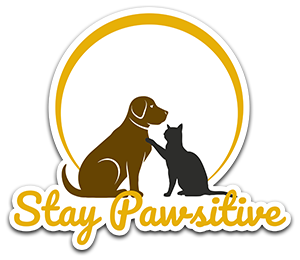For many dog owners, insurance is essential in order to ensure that you will be able to cover the cost of any potentially unforeseen large veterinary bills that may come as the result of an accident, injury or other health problem that your dog may have.
However, the cost of your policy can vary considerably between different insurance firms even for the same dog, and there are a lot of other variables as well in terms of the age, health and type of dog that you own, as well as where you live.
While some such factors are set and you will not be able to change them easily-unless for instance you happen to move house and find yourself in a postcode where insurance is cheaper-there are potentially some areas in which you can make savings on your insurance policy, and keep costs down for renewals as well. In this article, we will look at five ways to save money when insuring your dog, without risking their coverage when you need it. Read on to learn more.
Dog insurance is not cheap per se
Few people are pleasantly surprised when they start to get quotes to insure their dogs-the monthly or annual policy cost for your dog is certainly likely to run into the hundreds, and for some dogs, even over a thousand pounds, and it is unlikely that you will be able to really slash the cost without compromise. It is always a good idea to steer clear of the one or two companies whose policies are like for like a huge amount cheaper than the average-look into these policies very carefully if you are considering them, because you might find that they don’t cover certain common things, or have a reputation for not paying out with ease.
However, when it comes to knocking off a little bit of money every month or year, this is entirely possible for most dog owners, if you go about it in the right way!
Insure young
First of all, insuring a mature or elderly dog for the first time can be very costly, and not all companies will even offer coverage for dogs past a certain age. Insuring your dog from the time that they are young will help to ensure that by getting in on the ground floor, your will begin by paying the lowest policy floor, and will not have to start off with a large premium for an unknown risk.
Reducing standard costs
When you fill out a quotation form with any dog insurance company, you will be asked to tick a range of options early on in the form, asking things such as if your dog is microchipped (which is now the law) if they are neutered, vaccinated, and so on.
Ensuring that your dog has all of these things done-they are neutered, microchipped, health checked and vaccinated-will start your base policy off cheaper than if your dog is say, entire, not vaccinated, and not microchipped etc.
Raising your excess
The excess is the amount of money that you will have to pay in the first instance when you make a claim on your policy, and most policies offer you the opportunity to raise or lower this in order to change the cost of your policy.
The higher your excess, the lower your policy cost will be-but make sure that you do not pick an excess so high that you will struggle to cover it. Set a ceiling below which you will cover the costs for treatment yourself without making a claim-often, it is not worth claiming for a small amount, as this will increase your premiums and may be an amount that you would have had to pay out of the excess anyway-and set your excess accordingly.
Finding discounts
It is always a good idea to look around for any discounts and savings that can be made on your policy, such as first month free or twelve months coverage for the price of nine offers. Most insurers offer a percentage discount if you insure more than one pet with them, and many insurers that are associated with brands such as Tesco and Sainsburys will also offer incentives in terms of savings or bonus points too.
How your dog is described?
Finally, it is really important to describe your dog and your situation honestly in order to ensure that you get the coverage they need, and lying or glossing over the facts is never a good idea. However, how you describe your dog if they are not a pedigree is important too, as a pedigree dog from a named breed is invariably more expensive to insure than a mixed breed.
If your dog looks like a set breed but has any mixture in their breeding, describe them as a cross breed, mutt, mongrel, or whatever the word the insurers use is-this is accurate as long as it is true, and lowers the price compared to insuring a pedigree dog.
Source: pets4homes.co.uk



